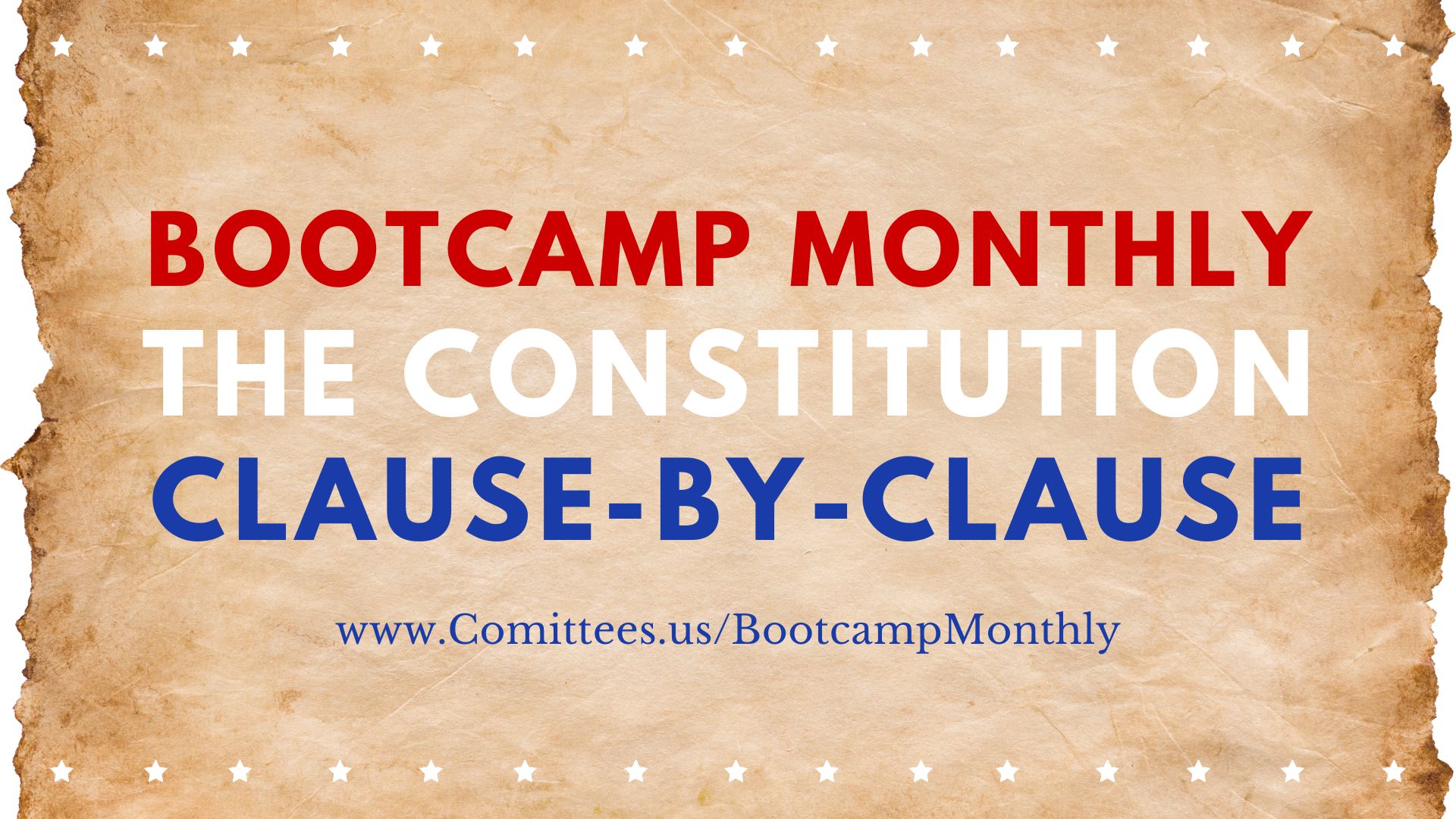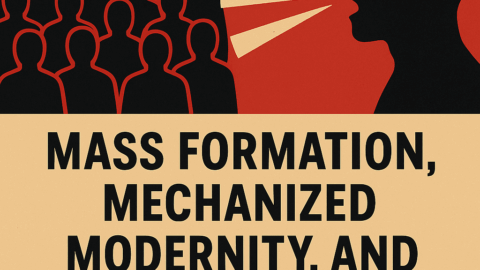Picture this: you wake up and everyone around you feels… off. Not quirky—detached from logic, allergic to questions, hostile to nuance. Then it hits you: this isn’t a nightmare, it’s the water you’re swimming in. If you’ve felt that dissonance, you’ve brushed up against the idea of mass psychosis—a collective trance where fear, conformity, and borrowed certainty replace judgment, courage, and thought.
This article unpacks how it happens, how to spot it, and how to opt out—without opting out of society.
We’re Brilliant—Just Not at Staying Sane
Humans built telescopes and microchips—and witch hunts. Intelligence isn’t immunity. Civilizations often rot from the inside, not from invading armies but from illusions they stop challenging. Descartes warned our senses mislead; he undersold how entire societies can mislead themselves.
Modern psychology calls one version of this mass formation: large groups get swept into emotive narratives, outsource their thinking, and punish dissent. When shared meaning thins out (Jung), we grasp for identity in the herd. Belonging feels safer than truth.
How the Crowd Mind Takes Over
1) Disorientation
Anxiety rises; trust in institutions, neighbors, even ourselves declines. The world feels ungraspable.
2) Simplification
A tidy story appears: a villain, a fix, a slogan. Complex trade-offs shrink to us vs. them. Emotion spikes; nuance dies.
3) Conformity
People stop questioning—not always because they agree, but because they think everyone else agrees (pluralistic ignorance). Silence impersonates consensus.
4) Aggression
Dissenters become threats to the group’s fragile certainty. Debate becomes taboo; moral fervor replaces moral reasoning.
5) Cracks & Awakening
Reality pushes back. Outcomes don’t match promises. Quiet questions multiply. The spell weakens—slowly or suddenly—and it hurts to admit what we missed.
This isn’t new. Le Bon described how crowds lower responsibility and raise suggestibility. Asch demonstrated people will deny their own eyes to fit in. Nietzsche warned that madness is rare in individuals and common in groups. The human brain prioritizes belonging; exile once meant death. Today we fear ridicule more than error—and that’s all a crowd needs.
Why the Smart Get Snared
Education can sharpen tools without supplying a compass. Many know what to think (from schools, media, feeds), but not how to think (to weigh sources, test claims, tolerate uncertainty). Platforms reward outrage over accuracy; institutions often sell certainty we can’t afford. Result: lots of information, little clarity.
Spotting the Spell
- Slogans where arguments belong. Memes as moral proof.
- Loaded headlines. Designed to trigger, not to inform.
- Double standards. Rule for thee, exception for me.
- Punished curiosity. Honest questions framed as hostility.
- Moral theater. Virtue as performance; disagreement as heresy.
If you’ve noticed you edit yourself not to be kind but to avoid becoming a target, you’ve felt the weather of mass psychosis.
The Inner Firewall: How to Stay Free
1) Practice the silence of awareness.
Before consuming news or posting, pause 90 seconds. Name what you feel: fear, anger, pride, relief. Emotions aren’t the enemy—unseen emotions steer you. As Jung put it, what stays unconscious runs your life.
2) Lower your reactivity.
Ask: Why did that headline make me angry? Who benefits if I share this? If you can’t articulate the opposing case fairly, you’re not ready to pick a side.
3) Audit beliefs—weekly.
Choose one strong view. Seek the best argument against it. If nothing could change your mind, that’s not reasoning—that’s identity protection.
4) Re-anchor in meaning.
Philosophy, faith, craft, nature—anything deeper than the trend cycle. As Viktor Frankl observed, a resilient why helps bear any how.
5) Build real community, not an echo chamber.
Find people who value truth more than agreement. Establish ground rules: steelman before you critique; no ad hominem; “I might be wrong” on the table for everyone.
6) Track predictions, not postures.
Start a simple log: claim, date, expected outcome, check-back. Prefer sources that revise when wrong.
7) State your red lines.
Write a one-page personal creed: core values, evidence standards, non-negotiables (e.g., “No calls to dehumanize opponents”; “No sharing unverified claims”). Revisit it monthly.
The Cost—and Gift—of Clarity
Seeing clearly can feel lonely. You may lose followers, invitations, even friends. Kierkegaard called it: “The crowd is untruth.” But solitude is not exile; it’s where integrity consolidates. When you stop needing the crowd’s permission to think, the crowd loses its power to think for you.
Grieve what you missed, forgive your past self, and keep going. The goal isn’t to be right—it’s to become reliable: honest with evidence, humble with uncertainty, courageous with speech.
A Field Guide for Conversations That Don’t Derail
- Lead with questions: “What evidence moved you most?” beats “How can you believe that?”
- Find the 10%. Identify a sliver you can affirm before you differ.
- Move from what to why. “What do you think?” → “What value does that protect for you?”
- Time-box conflict. After 10 minutes, summarize the other side to their satisfaction; then yours. If you can’t, you’re debating ghosts.
- Exit with dignity. “We see it differently; thanks for the honesty” preserves a future bridge.
Choosing the Harder Freedom
Mass psychosis thrives when we outsource attention, emotion, and courage. It withers when enough people reclaim them. You don’t need to fix the whole culture. You need to become non-capture-able:
- Attentive enough to notice the hook,
- Calm enough not to bite,
- Curious enough to test the bait,
- Principled enough to walk away.
If you’ve read this far, you’re already practicing the rebellion that matters: not spectacle, but steadiness. Speak your truth—even if your voice shakes. Stand your ground—even if you stand alone for a while. The world doesn’t need more clever followers. It needs conscious leaders—anchored, awake, and free.
Start with one act of clarity today: a paused breath before you share, a fair read of the other side, a gentle but firm “I don’t know—yet.” That’s how revolutions of the mind begin.
“Mass Psychosis EXPOSED” — Point-by-Point Breakdown
1) Opening setup
- Hook: You wake up and everyone seems detached from logic; maybe you’re the last sane person.
- Thesis: Introduces mass psychosis—a collective trance marked by illusion, obedience, and loss of reason.
- Promise: Why it happens, how to spot it, and how to escape.
2) Humans aren’t reliably rational
- Claim: Despite science and philosophy, we act like herds chasing imaginary threats.
- Historical pattern: Civilizations often unravel from inner delusions more than outside enemies.
3) Philosophical & psychological framing
- Descartes: Senses can mislead (epistemic humility).
- Modern label: Mass formation psychosis—large groups swept by false stories and hysteria.
- Jung’s view: When meaning/purpose/spiritual grounding erodes, people seek identity in the herd, making them suggestible.
4) Contemporary triggers
- Modern context: Social-media wars, 24/7 news, culture clashes.
- Symptoms: Slogan-repeating, unresearched allegiance, hostility toward dissent.
5) Crowd mind dynamics
- Gustave Le Bon: In crowds, responsibility and clarity decline; people regress to emotional conformity.
- Control risk: Less critical thinking → easier mass manipulation.
6) What mass psychosis looks like
- Operational definition: Outsourcing reality to authority, media, popular opinion.
- Echo effect: Many opinions are repeats, not originals.
7) The accelerant: fear
- Core fuel: Fear drives hysteria; elites (intentionally or not) have weaponized fear historically—religious, political, financial, health domains.
8) Perception inversion
- Reversal: Those in mass psychosis believe you lost touch.
- Climate: Questions = dangerous; curiosity punished; silence feels safer.
9) First antidote: awareness
- Jung’s maxim: Make the unconscious conscious or it runs your life.
- Mechanism: Mass psychosis thrives on passivity, silence, blind conformity.
- Observation: Honest questions mocked; disagreement labeled hate; comforting lies rewarded.
10) Social belonging vs. truth
- Evolutionary pull: Belonging once meant survival; today, fear of ridicule catalyzes conformity.
- Result: People choose group acceptance over reality-testing.
11) Classic evidence of conformity
- Asch experiments: Participants choose obviously wrong answers to match the group.
- Lesson: Most trust the group over their eyes; that’s the seed of mass psychosis.
12) Scale and contagion
- Amplifiers: Social media, 24-hour news, instant comms → “psychological virus.”
- Aggression: Conformists can attack dissenters who threaten the shared illusion.
- Nietzsche: Individual madness is rare; collective madness is common.
13) Intelligence ≠ clarity
- Point: You can be educated yet lost—knowing what to think, not how to think.
- System critique: Schools prize recall; media sells emotion; platforms reward outrage.
14) How to break free — inner “firewall”
- Self-audit questions:
- Why do I believe this? Who benefits if I do?
- When did I last change my mind due to evidence?
- Jung’s “shadow”: Face the parts you deny; collective shadow manifests as projection/blame/hysteria.
15) The loneliness of clarity
- Cost: Seeing clearly can feel isolating.
- Lineage: Socrates, Galileo, Jung, Orwell—truth-seekers often walk apart, but not alone.
16) Societal consequences of drift
- If unaddressed: Critical thinking withers, truth becomes “optional,” roles replace reality.
17) Five stages of mass psychosis
- Disorientation: Anxiety + powerlessness.
- Simplification: A tidy narrative appears (villain + solution + strong emotion).
- Conformity: Pluralistic ignorance—people silence doubts because others seem convinced.
- Aggression: Dissenters targeted; debate dies; obedience rewarded.
- Awakening: Reality intrudes; discrepancies noticed; the spell weakens as questions spread.
18) The painful grace of waking up
- Cost: Admit misplaced trust and manipulability.
- Benefit: Clarity emerges through discomfort.
- Frankl: Survival depends on meaning—anchoring beyond public opinion.
19) Anchors that resist capture
- Practice: A personal philosophy, spiritual discipline, or truth-commitment deeper than trends.
- Courage: Expect mockery, loss, solitude; choose truth over comforting lies.
20) Practical disciplines
- Silence of awareness: Observe thoughts; distinguish facts vs. feelings vs. comfort.
- Lower reactivity: Name triggers; slow down before responding.
- Re-root in meaning: Philosophy, spirituality, creativity, nature (“why” before “how”).
- Build real community: Not echo chambers—friends who value truth over agreement.
21) The deepest escape
- Shift: Stop needing a crowd. Become comfortable with solitude and self-approval.
- Kierkegaard: “The crowd is untruth.” Truth begins in the individual.
22) Remembering, not reinventing
- Inner compass: Not broken—buried under fear/shame/noise.
- Grief work: Mourn time lost to illusions; use grief as doorway to integrity.
23) Embodying clarity
- Effect: Integrity attracts some, threatens others—but your peace no longer depends on approval.
- Modeling > preaching: Your stance awakens others.
24) Closing call to action
- Quiet rebellion: Clarity + compassion + consciousness.
- Choose your world: Noise & hysteria or awake, brave, free.
- Imperatives: Speak even if your voice shakes; stand even if alone.
- Aim: Fewer “clever followers,” more conscious leaders. The revolution starts within.
Quick Reference: Core Concepts & Tools
- Core cause: Loss of meaning + chronic anxiety → craving simple narratives + group identity.
- Mechanisms: Fear, conformity (Asch), pluralistic ignorance, projection, moral aggression.
- Tell-tales: Slogans replacing arguments, mockery of honest questions, emotional headlines, double standards.
- Countermeasures:
- Daily pause (2–5 min) to label emotions before news/social feeds.
- Weekly “belief audit”: pick 1 strong view; seek the best opposing case.
- Media hygiene: diversify sources; separate reporting from opinion; track predictions.
- Community: monthly salon with rules—steel-man the other side; disagree without contempt.
- Personal anchor: write a one-page creed (values, red-lines, evidence standards).
Bottom line: Mass psychosis is less a monster “out there” than a set of predictable human defaults. The exit is personal: awareness, meaning, disciplined thinking, and courageous speech—lived consistently.





